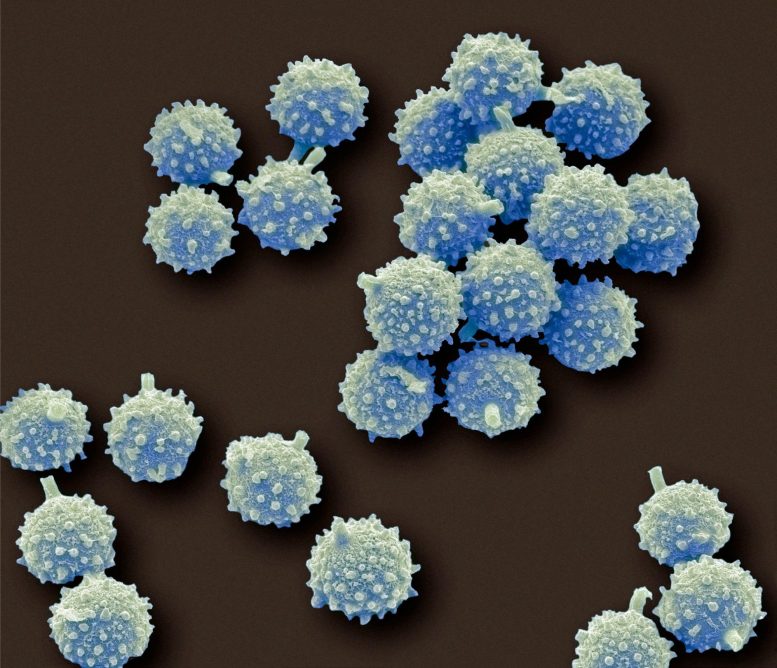
Aspergillus is a type of fungus commonly found in soil and decaying organic matter. While some species of Aspergillus are benign, others can cause infections in individuals with weakened immune systems, leading to conditions such as aspergillosis.
The discovery reveals a new target for combating the deadly invader.
Aspergillus and other fungi are so ubiquitous in our environment that we inhale hundreds to thousands of spores daily. Usually, they do not pose a danger to healthy individuals, but can prove fatal to those with weakened immune systems. However, it is becoming increasingly understood that viral infections like influenza or SARS-CoV-2 can even raise the risk of invasive Aspergillus infections even in healthy people.
The World Health Organization (WHO) has warned of the growing danger posed by invasive fungal infections and stressed the need for further research. Until recently, little was understood about the mechanisms behind Aspergillus infections and how to effectively eliminate them. However, a collaboration between researchers at the University of Calgary and McGill University has shed new light on why the immune system fails to fend off the fungus.
“We discovered that influenza and COVID-19 destroy a previously unknown natural immunity that we need to resist invasive fungal infections,” says Nicole Sarden, a Ph.D. candidate at the University of Calgary and first author on the study.
The findings published in Science Translational Medicine show that two types of white blood cells (neutrophils and a unique type of B cells) normally work together to fight fungal infection. However, viruses like SARS-CoV-2 and influenza impede the special B cells from doing their job. Working with mice and human blood and tissue samples, the researchers were able to see that following a viral infection, neutrophils sensed a fungal infection and were gathering nearby, but weren’t acting to destroy the invader as expected. The scientists delved further and learned that viral molecules were rendering these B cells apathetic, preventing them from cooperating with neutrophils as they normally would, and thus protecting the fungi from destruction. Understanding this process led to the next discovery.
“We also found that current therapies exist that could be repurposed in a realistic and meaningful way to replace the natural antibodies not being produced by the virally-damaged B cells and re-establish the neutrophils’ ability to fight these infections,” says Sarden.
“This research was sparked by a young man I cared for in the ICU on life support who died of influenza-associated aspergillosis, where every therapy we tried failed,” says Dr. Bryan Yipp, MD, clinician-researcher at the Cumming School of Medicine and senior author on the study. “Our findings are very timely given the high numbers of patients affected by multiple respiratory viruses including influenza.”
Sarden and Yipp believe these findings will lay the groundwork for new diagnostic tests, based on natural antibody levels to predict who is at the highest risk for invasive fungal infections, and that currently available antibody replacement strategies could be tested to treat Aspergillus infections in future clinical trials.
“These discoveries provide a new understanding of how we can best support the body to fight off deadly fungal infections,” says Yipp.
Reference: “A B1a–natural IgG–neutrophil axis is impaired in viral- and steroid-associated aspergillosis” by Nicole Sarden, Sarthak Sinha, Kyle G. Potts, Erwan Pernet, Carlos H. Hiroki, Mortaza F. Hassanabad, Angela P. Nguyen, Yuefei Lou, Raquel Farias, Brent W. Winston, Amy Bromley, Brendan D. Snarr, Amanda Z. Zucoloto, Graciela Andonegui, Daniel A. Muruve, Braedon McDonald, Donald C. Sheppard, Douglas J. Mahoney, Maziar Divangahi, Nicole Rosin, Jeff Biernaskie and Bryan G. Yipp, 7 December 2022, Science Translational Medicine.
DOI: 10.1126/scitranslmed.abq6682
The study was funded by the Canadian Institutes of Health Research.



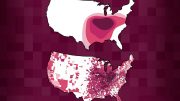
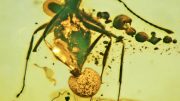
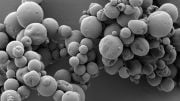
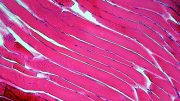
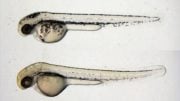
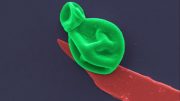
I trust the WHO about as much as I trust Joe Biden babysitting my 12 year old daughter unsupervised.
Interesting. Now we need someone to check whether the so-called COVID vaccines are capable of producing a similar, deleterious effect.
I won’t be holding my breath!
Anyone who has toenail fungus knows how difficult it is to kill fungus, particularly when it’s out of reach of normal medication. But how many new anti-fungals are the pharmaceutical companies working on? They don’t even want to research new antibiotics for bacteria because there’s limited money in it. That’s also why they hate natural remedies for everything.
Here’s a tip. Be sure and breathe deeply when getting your blood pressure checked. Sitting there being still can lead to not breathing normally or even holding one’s breath and that will spike your blood pressure 10-40 points whereas hyperventilating will actually cause it to drop 10-40 points (my average is a 25 point drop breathing deeply but normally. I actually reached 106/59 hyperventilating while my office visit is typically 140-148 over 80-something when they check as soon as I sit down or I’m nervous or worse yet tryin to be “still” and not breathing normally (averages 117-125/72 breathing deeply when I’m not nervous at home and rested 5-20 minutes first. I’ve had my home meter checked against the pro cuffs too. It’s pretty close.
Now just how accurate do you think those blood pressure tests are in a clinical office when they don’t take your blood pressure right to begin with. Now they’ve lowered the numbers even further so Big Pharma can make more money (46% are now “high” blood pressure). The thing is you can FAINT if your blood pressure drops and fall (particularly bad for older people), but they DON’T CARE. They want to PUSH this GARBAGE onto people, most of whom don’t know any better. Worse yet, the insurance companies will use it to cut life insurance and other benefits, whether it’s better or not.
Isn’t this a wonderful world to live in? We talk about FREEDOMS, but it’s an illusion. Power is the only real freedom and let’s face it, we the people don’t have ANY really. Others mandate and make rules and sell insurance companies on this garbage and you get screwed financially or health-wise every single time while they get richer and richer. 20-40 years later they tell you it turns out low-fat diets are worse for you than normal fat, that butter is better for you than margarine. How can you trust ANYTHING they tell you with bad advice like that? High fat is good on a low carb diet, for example. Things have to be taken in context.
They say now that eggs are better for you than they thought. Mabye you can even have 1 whole egg a day now! I’ve been eating 3-4 DOZEN eggs a week for years during low carb diets for a few months at a time and I have the lowest risk rate cholesterol my doctor has EVER seen in his 30 year career! My good cholesterol is almost the same as my bad (68 versus 72) plus great triglycerides. I was off the bottom of the risk chart! He had to check it again. Same result. So much for eggs being bad for you. Some studies have shown results that hint at the same results, but they refuse to admit you can eat many more than 7 eggs a weak.
Now that’s in the context of a low-carb diet, but the levels remained close to that for over a year, even after returning to a normal diet. How many decades until a scientist discovers the same thing? They’ll force feed a mouse instead and call that comparable to a human being, despite the fact they’ve proven saccharin does NOT cause cancer in humans even in high amounts! We are not mice and not everything transfers from one thing to another just because some genes are similar.